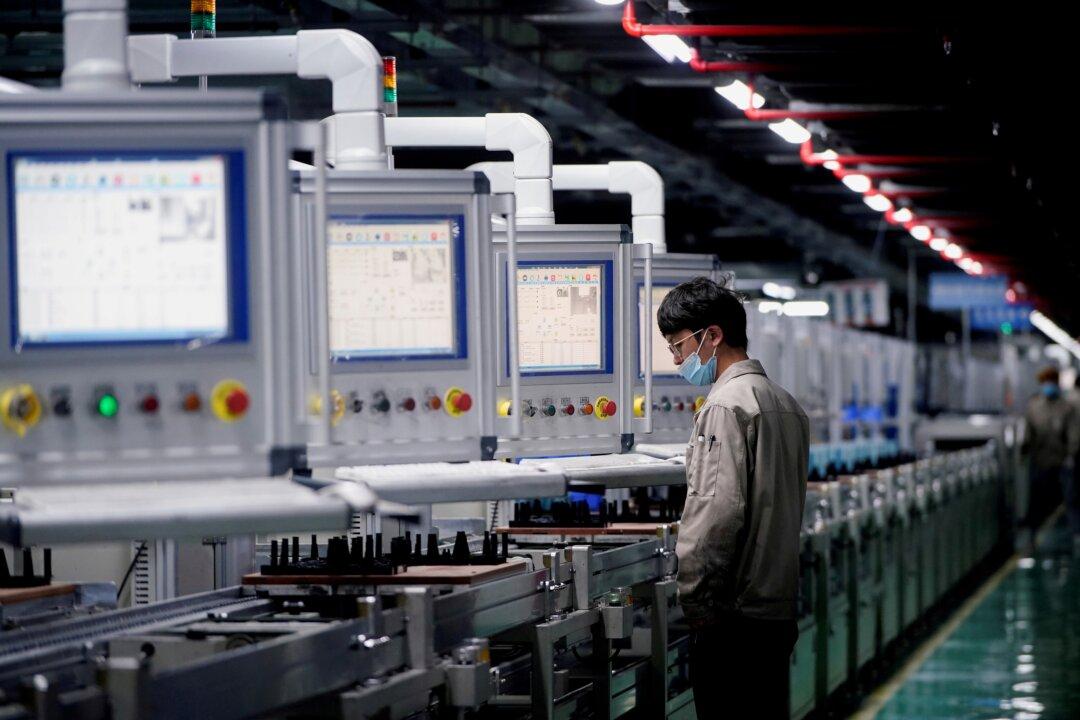From the onset of the pandemic to fluctuations in cost and efficiencies, a growing number of companies have been thinking about bringing their overseas operations closer to home.
Among North American manufacturers, 83 percent state they are likely or extremely likely to reshore, according to the “2021 State of North American Manufacturing Annual Report“ by Thomas, an industrial sourcing platform. That percentage is significantly up from March 2020, when 54 percent of manufacturers reported that they were considering taking steps to reshore.





